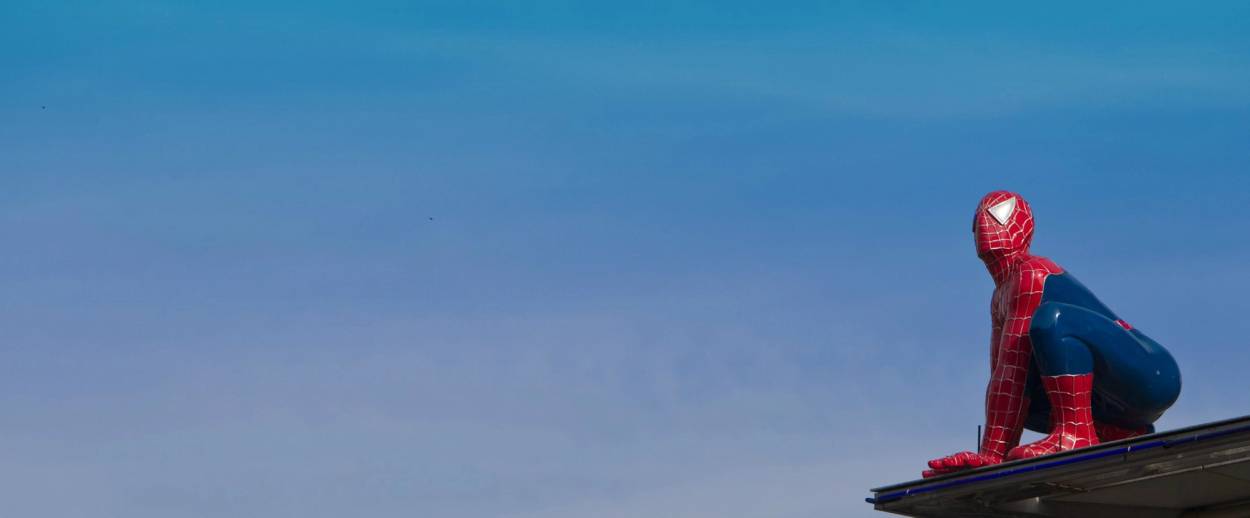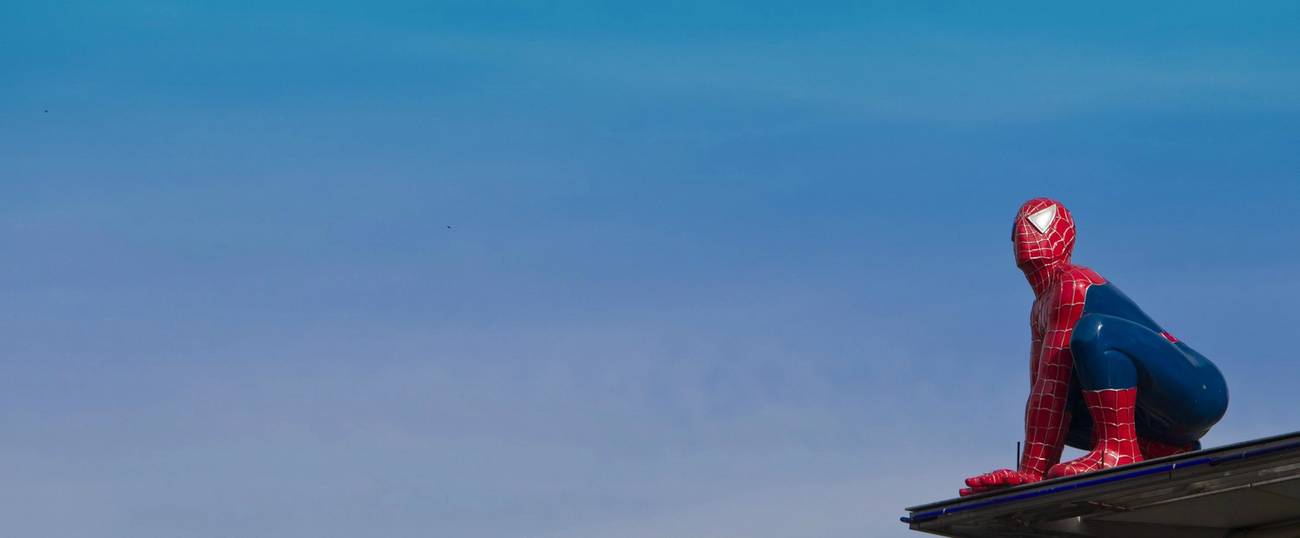How Spider-Man’s Non-Jewish Co-Creator Helped Me Rediscover My Faith
Steve Ditko, a loner and a genius, died last month at 90. His spirit played a big part in guiding me back to religion.




Although New York’s Capital District has held plenty of pleasant bar and bat mitzvahs, mine was epic. A comic artist sketched for guests during cocktail hour and every attendee left with a copy of X-Men #30: the wedding of Cyclops and Phoenix. The yentas couldn’t stop talking about how great it was.
But after becoming a man, I distanced myself from comics and Judaism. It wasn’t until after college that I rediscovered my passion for sequential art. At the same time, I learned of the Jewish background of many creators. Superman was imagined by Jerry Siegel and Joe Shuster, both members of the tribe. Stan Lee celebrated Passover. So did his uncle, the owner of Marvel comics, who gave him a job. Adam Sandler could have written a Hanukkah song about the industry. While I once felt shame over my heritage, attending middle and high school as one of the only Jews in Voorheesville, New York, I took pride after recognizing the large role we played in the genesis of my favorite art form.
My realization led me to explore my faith and reconnect, but after years of not attending temple I didn’t feel comfortable going to services. Jews could be a judgmental lot. We criticized how others interpreted laws, whether someone kept Shabbat, if someone drove to shul or walked. I worried about how I’d be viewed coming back from secularism.
The comic character I most connected to was Spider-Man, who felt his powers were a burden, yet still took the responsibility. Created by Stan Lee and Steve Ditko in 1962, Spider-Man’s first appearance ended with Peter Parker, Spider-Man’s alter-ego, face in palm with tears running down his cheeks thinking, “My fault—all my fault,” because a mistake he made led to his Uncle Ben dying. In a universe of WASP-y Avengers, Spider-Man had a Yiddish soul, like the Jews carrying the weight of commandments and the guilt of constantly screwing up due to their humanity. Unlike typical portrayals of comic jocks, Ditko’s Spider-Man was lanky, brutally awkward and moody: a nebbish like me.
As much as I related to Lee’s roots, I empathized with Ditko’s outsider status, especially when I would read of Lee and Ditko’s infamous feud. Lee was Marvel’s overhyped icon, as much a businessman aiming to appease the masses as he was a writer, but Ditko was a freelancing, underpaid, creative genius. By The Amazing Spider-Man issue 10, Ditko became more than just the artist, plotting entire stories. After discovering the (born Jewish) author Ayn Rand and her Objectivism politics, Ditko became hooked, meeting her numerous times. Rand’s influence on his work was evident: Peter scoffed at protesters, he stood up to his oppressive boss, demanding “equal value trade,” and battled a villain named The Looter, based on the Randian term. Ditko wanted the credit he was due, yet Lee publicly mocked Ditko’s emotional storylines and antisocial behavior. By issue 25, Lee and Ditko weren’t talking. Ditko would hand in fully drawn and plotted issues. Lee would write dialogue without his input. Thirty-eight issues into his Spider-Man run, Ditko quit. It was rumored to be over a storyline dispute or unpaid residuals, but in a 2015 self-published newsletter Ditko says he simply tired of Lee not speaking to him. Once he left, the art in Spider-Man became clean and crisp, more upbeat. But it was his departure that felt like a victory.
Ditko spent years fluctuating between DC, Charlton, and Marvel, never again working on Spider-Man or his other popular co-creation Dr. Strange. Since 1968, he hadn’t accepted a single formal interview, allowing his work to represent itself. He earned the title the “J.D. Salinger of the comics world” and was called “impossibly uptight” by Neil Gaiman. Yet he didn’t allow the industry’s kvetching or financial power to control him, or scare him off—he spent his later decades self-publishing Randian-influenced comics and essays from his office in New York City, refusing income from the mainstream.
As I grew more comfortable with myself as a practicing Jew, no longer worrying about how others viewed me, I would order Ditko’s newsletters, disagreeing with him throughout. I didn’t see the world in black and white, but I respected him for standing firm in his beliefs. I returned to the temple I grew up in, praying prayers awkwardly, with ruach, my own unique spirit. I would read about reporters shooed away from his office and smile. Sometimes, I’d feel bad for him, as if the journalists wouldn’t leave him alone. I took that empathy to temple with me and tried to be less critical of my peers, other Jewish outsiders. When he died¸ I knew he passed with dignity, a magnificently stubborn man who lived by rules not influenced by others’ judgments. An example to us all.
Jay Deitcher is a writer and clinical social worker from Albany, New York.